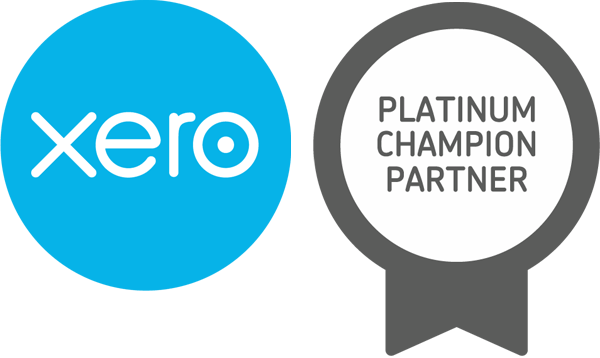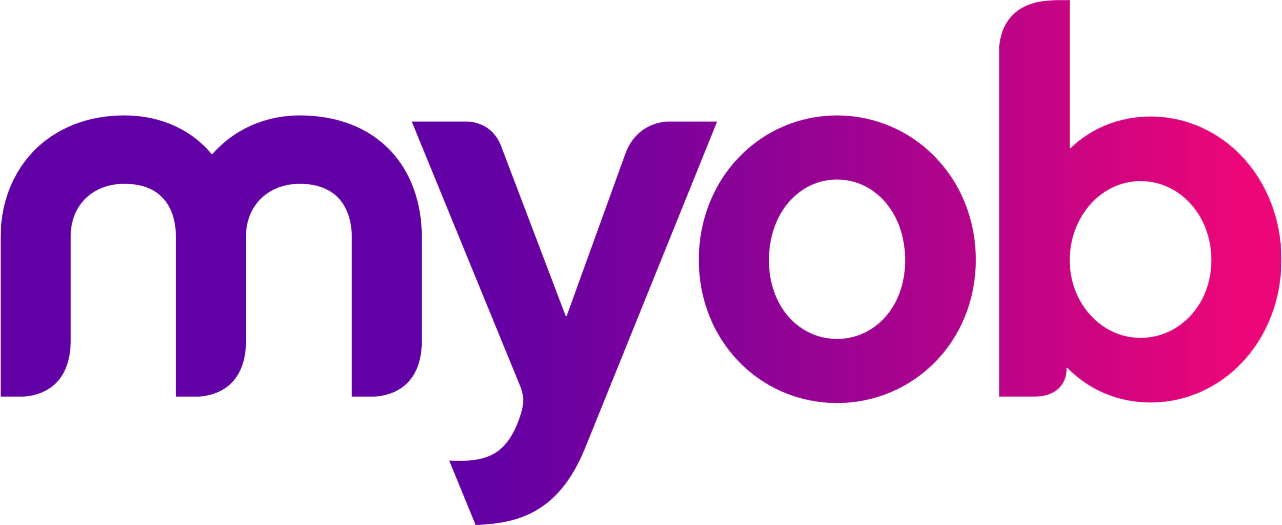Celebrating Kieran Neeson’s Appointment as Principal
Celebrating Kieran Neeson’s Appointment as Principal

We are delighted to share some exciting news from the CoggerGurry team — Kieran Neeson has been appointed to the role of Principal. This is a significant career milestone and a well-earned recognition of his dedication, leadership, and commitment to both our clients and our people.
A Journey of Growth and Dedication
Kieran joined CoggerGurry more than five years ago and has made a lasting impact ever since. Holding his CPA qualification and as a graduate of the Brentnalls Affiliation Leadership Program, Kieran brings together technical expertise with forward-thinking leadership.
Throughout his time with us to date, he has consistently demonstrated professionalism, strategic insight, and a genuine passion for supporting clients to achieve their goals. Within the firm, Kieran is known for his collaborative approach and the strong relationships he builds with both clients and colleagues.
Leadership That Inspires
Kieran’s promotion reflects not only his personal achievements but also the direction we’re taking as a firm. At CoggerGurry, we are focused on building a leadership team that is progressive, people-focused, and dedicated to delivering excellent outcomes for our clients. Kieran embodies these values and we are thrilled to see him step into this role.
Celebrating With Family
Behind every professional success is the support of family. We would like to acknowledge the encouragement of Kieran’s wife, Cassie, and their daughters, Elka and Sienna. Their support is a reminder of the important role family plays in shaping and sustaining success.
Looking Ahead
As Kieran takes on the role of Principal, we are excited about the contribution he will continue to make to CoggerGurry’s growth and future direction. His leadership, experience, and vision will help us continue to serve our clients with excellence and care.
Please join us in congratulating Kieran on this well-deserved achievement. We are proud to celebrate this moment with him and look forward to the exciting chapters ahead.









